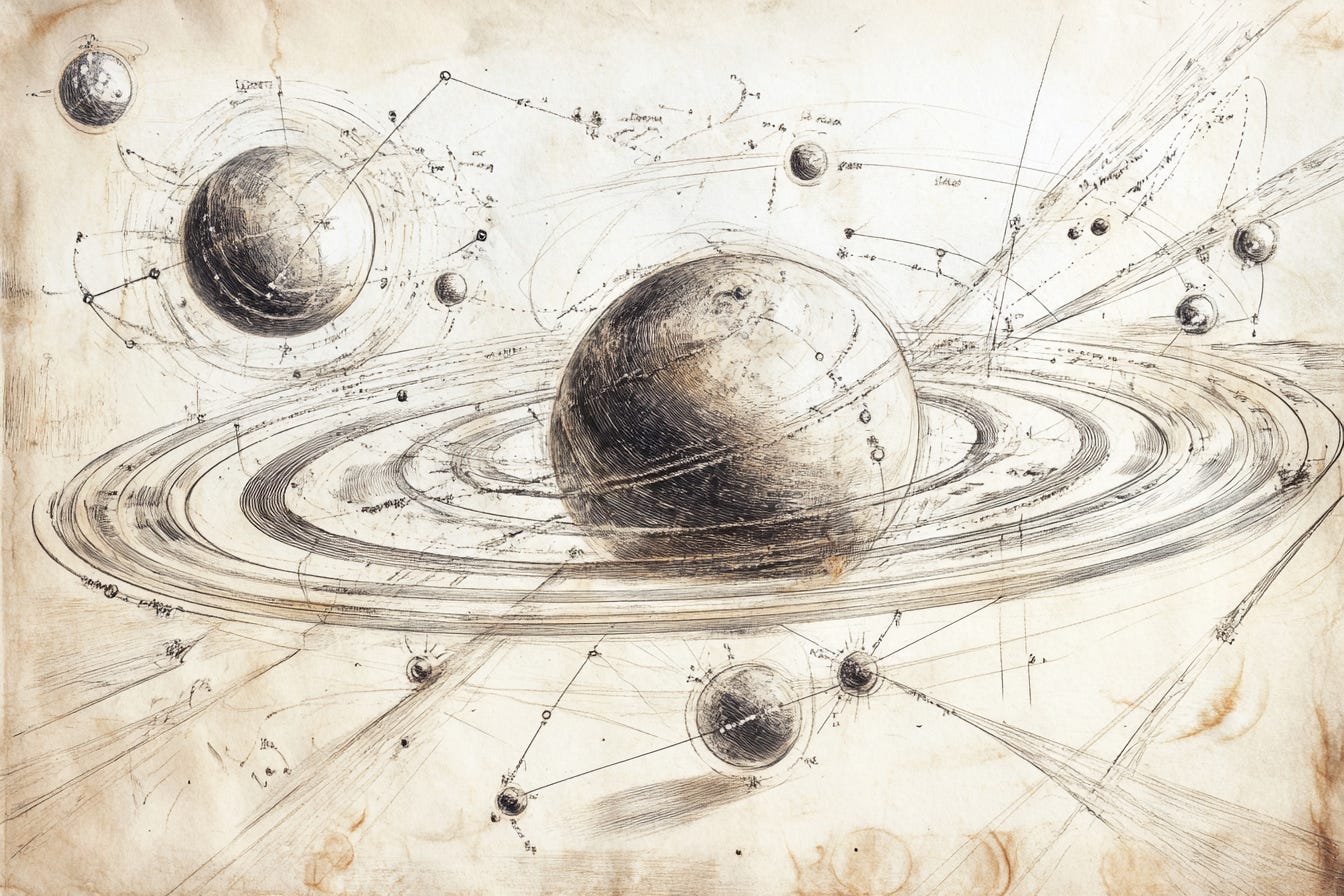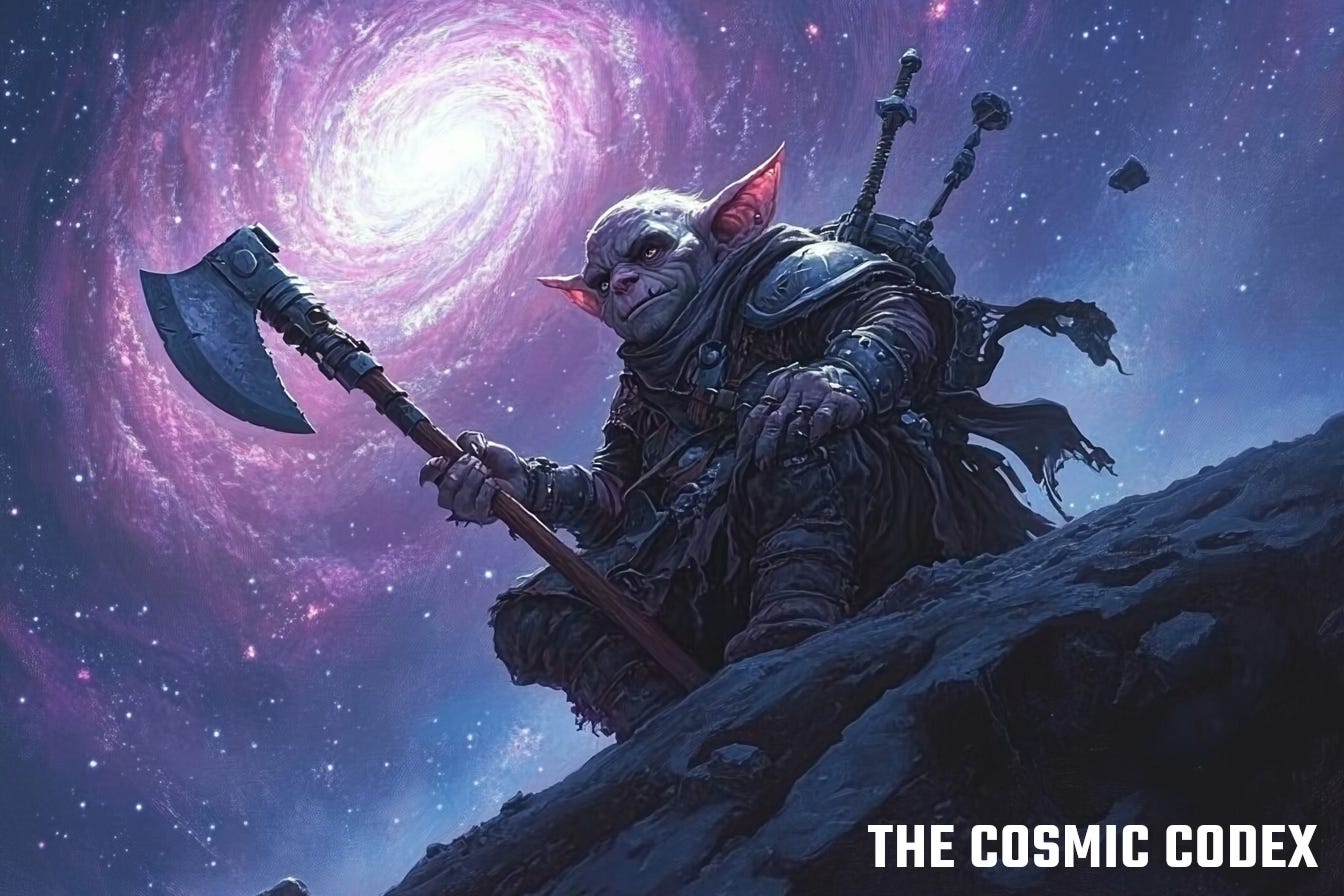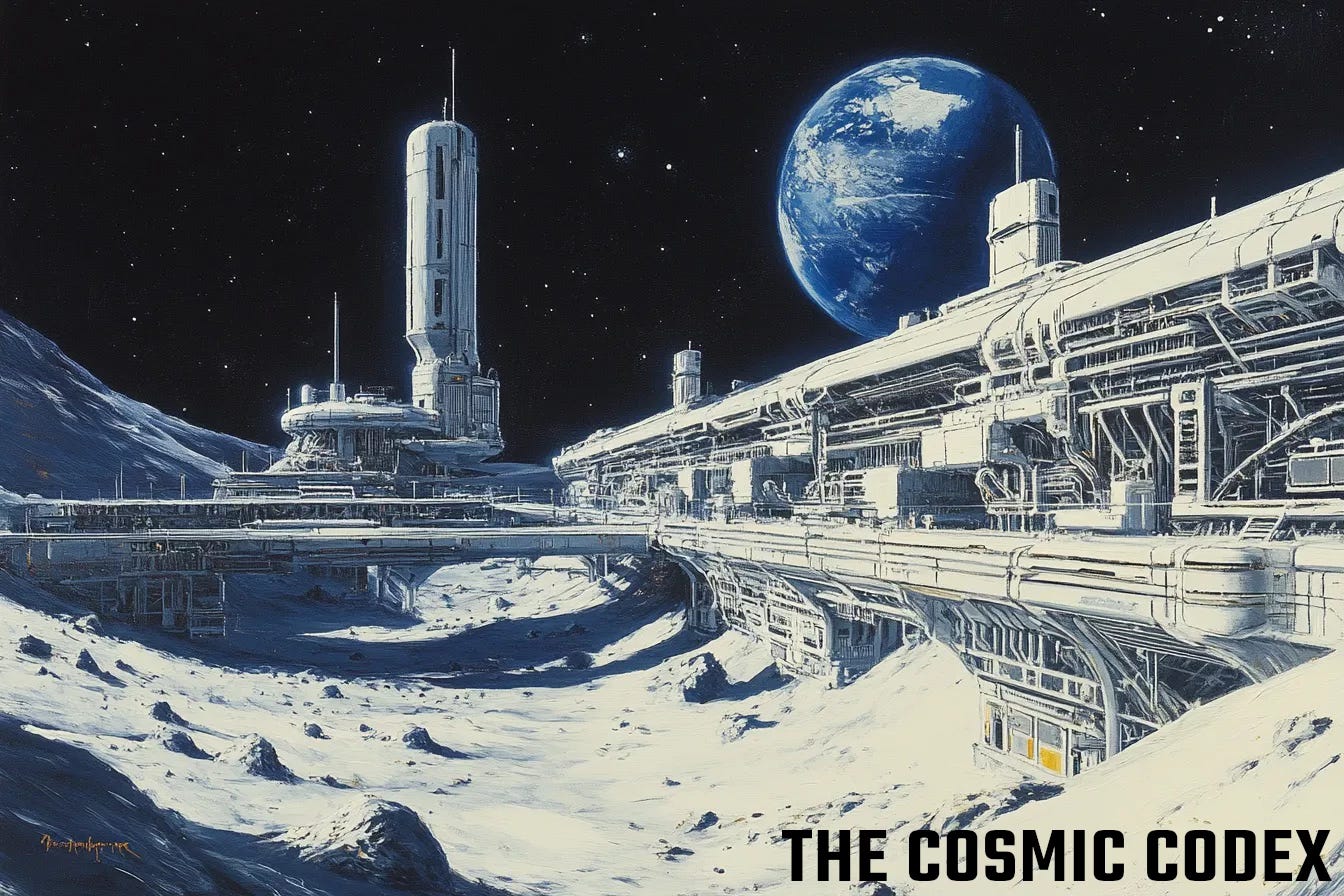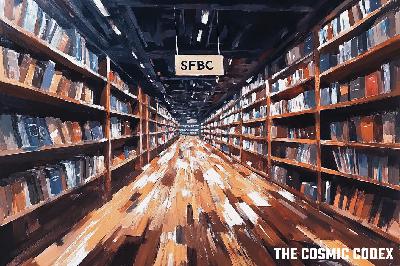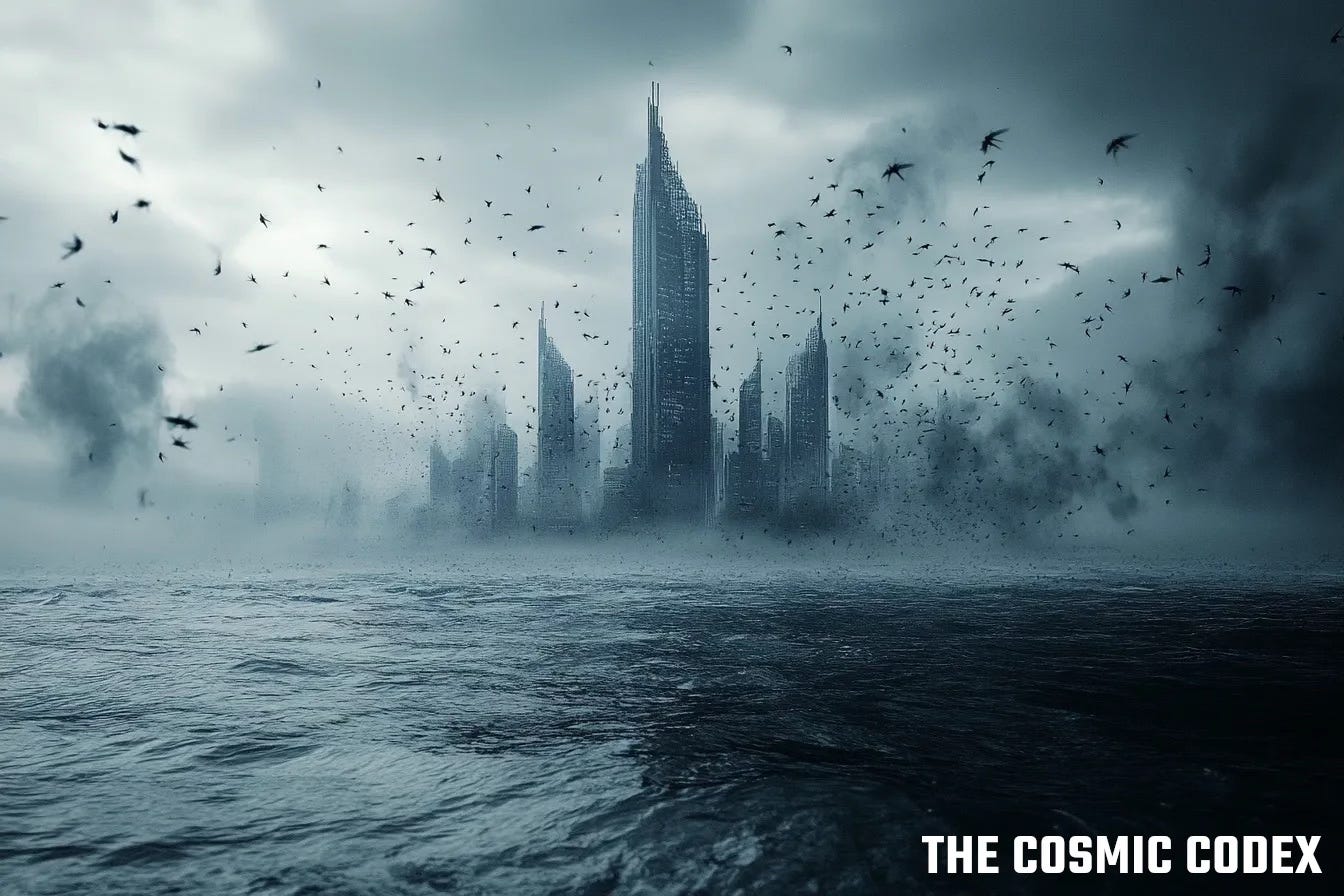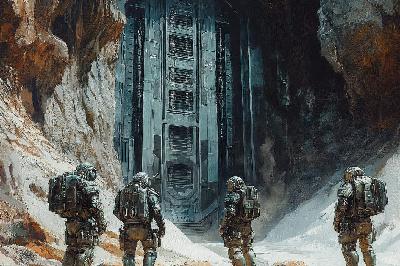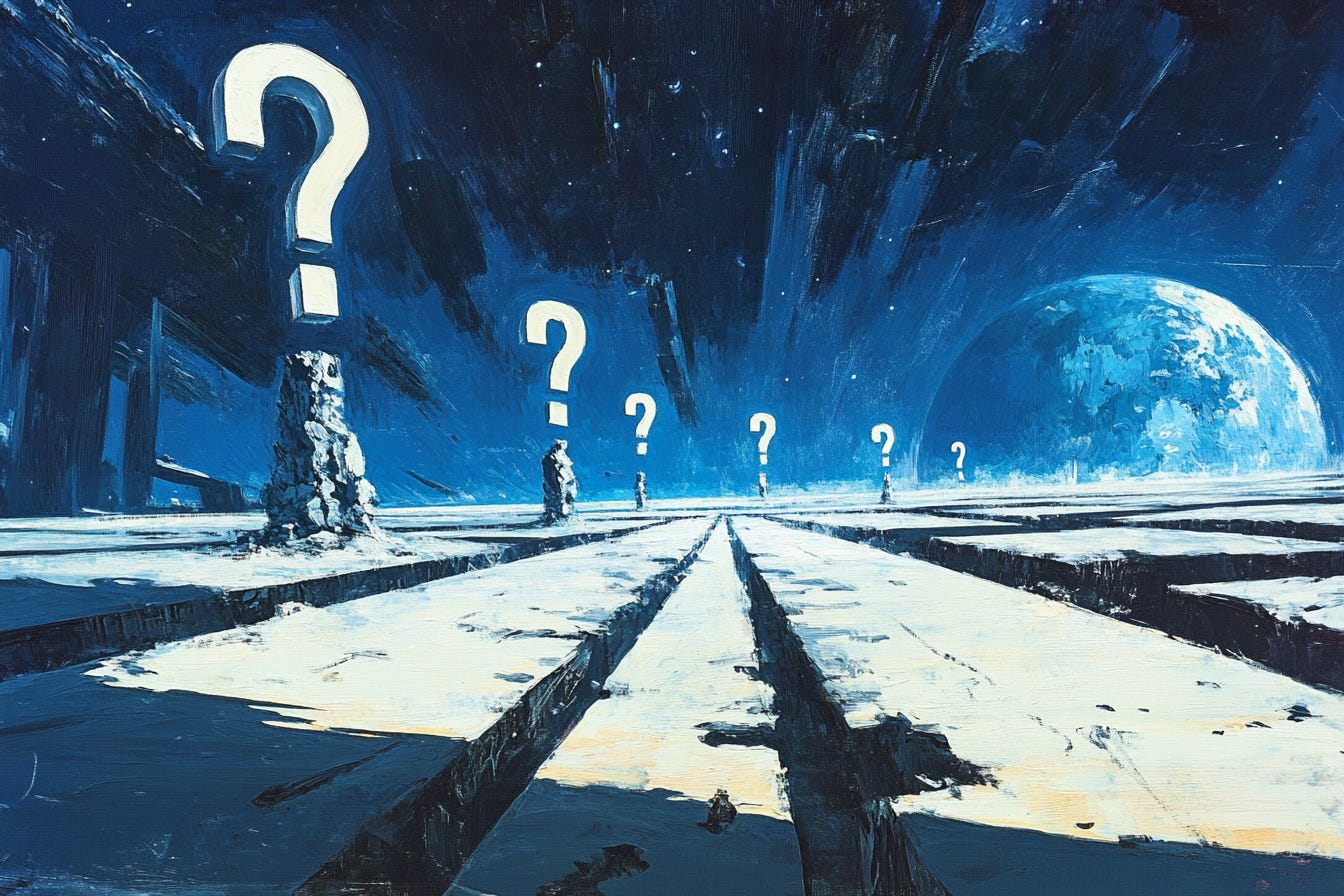How is gravity related to the other three fundamental forces?
Description
My novelette, An Illicit Mercy, is part of a new promotion in March and April: Expect the Unexpected: Fantasy and Science Fiction with Unusual Plot Twists!
Over fifty short stories, novels, samples and excerpts, available at no cost.
Maddie is the NPC with attitude!
Buy a copy of Desert Runner by Dawn Chapman!Plagued by old injuries that won't heal, she's enticed into accepting a deadly escort mission. Of course, it's to cross the damned desert... and in the middle of Tromoal breeding season, no less. But the lure of enough cash to fix herself up and help out a close friend, too...? That's a siren's song she can't ignore. Puatera Online is a harsh world, even for the people who have to live there. Good thing Maddie is tougher than cured leather, because she may have just bitten off more than she can chew.
How is gravity related to the other three fundamental forces?
By Brian Scott Pauls with the help of ChatGPT 4o
The fundamental forces of nature, and how they interact, form the basic subject matter of physics. As a result, many science fiction novels and short stories consider the behavior of one or more of these forces in unusual situations.
The Gods Themselves by Isaac Asimov (1972)
This novel explores themes of scientific discovery and cross-dimensional physics. The story revolves around the development of a device called the electron pump, which transfers matter between our universe and a parallel one to provide an inexhaustible energy source. However, this transfer destabilizes the strong nuclear force in our universe, threatening to destroy the Sun.
Thanks for reading The Cosmic Codex! Subscribe for free to receive new posts and support my work.
Dragon’s Egg by Robert L. Forward (1980)
Forward’s book imagines a neutron star as the setting for an alien civilization. The novel follows the development of intelligent life called the Cheela, who evolve on the surface of the collapsed star, where the gravity is billions of times stronger than on Earth. Life is possible in this environment due to “nuclei bound by the strong force, rather than…by the electromagnetic force.”
Long Leap by Derek Künsken (2012)
First published in On Spec magazine, this story tackles the idea of a metal planet orbiting within the magnetic fields of a pulsar. “Tetracarbonyl base…life forms” inhabit the planet’s surface, and “everything carries an electric charge, making the magnetic fields function almost like cell membranes.”
The Problem of Gravity
Gravity is one of the four fundamental forces, alongside electromagnetism, the strong nuclear force, and the weak nuclear force. Yet, despite its pervasive influence on cosmic scales, gravity remains distinct from the other three, which are described by the Standard Model of particle physics. Understanding how gravity relates to these forces has been a longstanding scientific challenge.
The Standard Model and General Relativity
The Standard Model details the three non-gravitational forces in terms of quantum field theory. They are mediated by particles: photons for electromagnetism, W and Z bosons for the weak force, and gluons for the strong force. The forces operate within the framework of quantum mechanics, which governs the behavior of particles at atomic and subatomic scales.
Gravity, on the other hand, is described by Einstein's General Theory of Relativity. General relativity views gravity not as a force mediated by particles but as the curvature of spacetime caused by mass and energy. This classical framework successfully explains gravitational phenomena from planetary orbits to black holes but does not align with the quantum description of the other forces.
Thanks for reading The Cosmic Codex! This post is public so feel free to share it.
While the Standard Model has achieved remarkable success in describing particle interactions, it does not include gravity. Conversely, general relativity does not incorporate quantum mechanics. Bridging this divide requires a theory of quantum gravity, which remains elusive.
String Theory
String theory is one of the most prominent approaches to unifying gravity with the other fundamental forces. It posits that the basic building blocks of the universe are not point-like particles but one-dimensional strings vibrating at different frequencies. These vibrations determine the properties of particles, such as mass and charge.
A key feature of string theory is that it naturally incorporates a massless, spin-2 particle resembling the graviton, the hypothetical quantum mediator of gravity. It therefore offers a framework in which gravity can be described quantum mechanically.
Moreover, string theory is inherently compatible with the other forces described by the Standard Model. It requires additional dimensions of spacetime—typically 10 or 11—to function mathematically, which has led to predictions about hidden dimensions that could even explain dark matter.
However, string theory faces challenges. It has not yet produced testable predictions that distinguish it from other theories, and its reliance on higher dimensions has raised questions about its physical relevance. Despite these issues, it remains a leading candidate for a unified theory.
Loop Quantum Gravity
Loop quantum gravity (LQG) takes a different approach to integrating gravity with quantum mechanics. Instead of introducing new dimensions or particles, LQG applies quantum principles directly to the spacetime fabric described by general relativity. In LQG, spacetime is quantized, consisting of discrete units called "quantum loops."
These loops form a network, or "spin network," that evolves over time. This quantization avoids cosmological singularities, such as those found in black holes and the Big Bang, and provides a framework for describing gravity at the Planck scale.
LQG has achieved some successes, such as resolving certain black hole singularities and predicting a "big bounce" scenario instead of a Big Bang singularity. However, it does not incorporate the other three forces described by the Standard Model, limiting its scope as a unification theory. Additionally, like string theory, LQG has yet to make definitive testable predictions.
Grand Unified Theories
Grand Unified Theories (GUTs) aim to unify electromagnetism, the weak force, and the strong force within a single framework. These theories propose that at high energy scales, such as those present in the early universe, these forces merge into a single force. Examples include SU(5) and SO(10) models, which describe particles and forces in terms of larger symmetry groups.
While GUTs do not include gravity, they are often considered a stepping stone toward a Theory of Everything that incorporates all four forces. One potential route is to embed GUTs within string theory, leveraging its capacity to include gravity. However, the energy scales at which GUTs operate are far beyond the reach of current experiments, making direct testing difficult.
Supersymmetry and Supergravity
Supersymmetry (SUSY) is a theoretical framework that extends the Standard Model by positing a symmetry between fermions (matter particles) and bosons (force carriers). Each particle has a superpartner with different spin properties. SUSY has been motivated by its ability to solve several theoretical issues, such as stabilizing the Higgs boson's mass.
When combined with gravity, supersymmetry leads to supergravity, a theory that extends general relativity by incorporating quantum fields. Supergravity can be seen as a low-energy limit of string theory and prov

